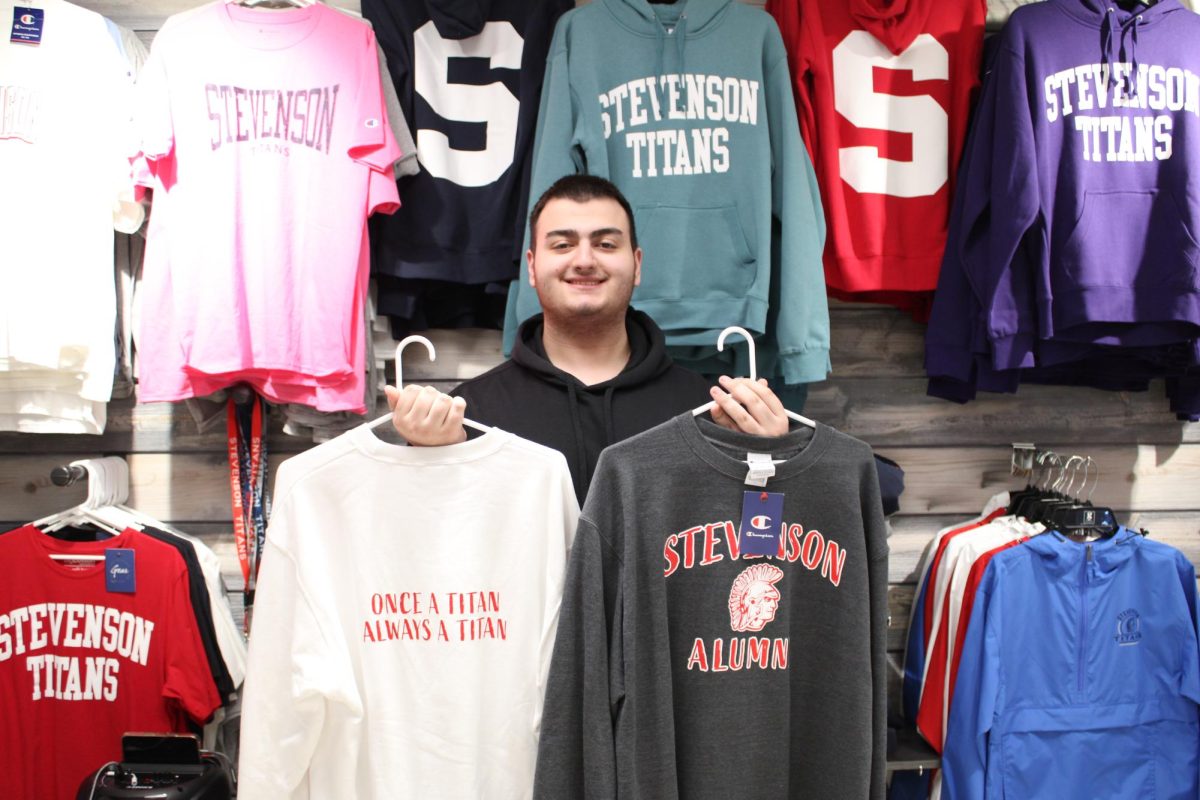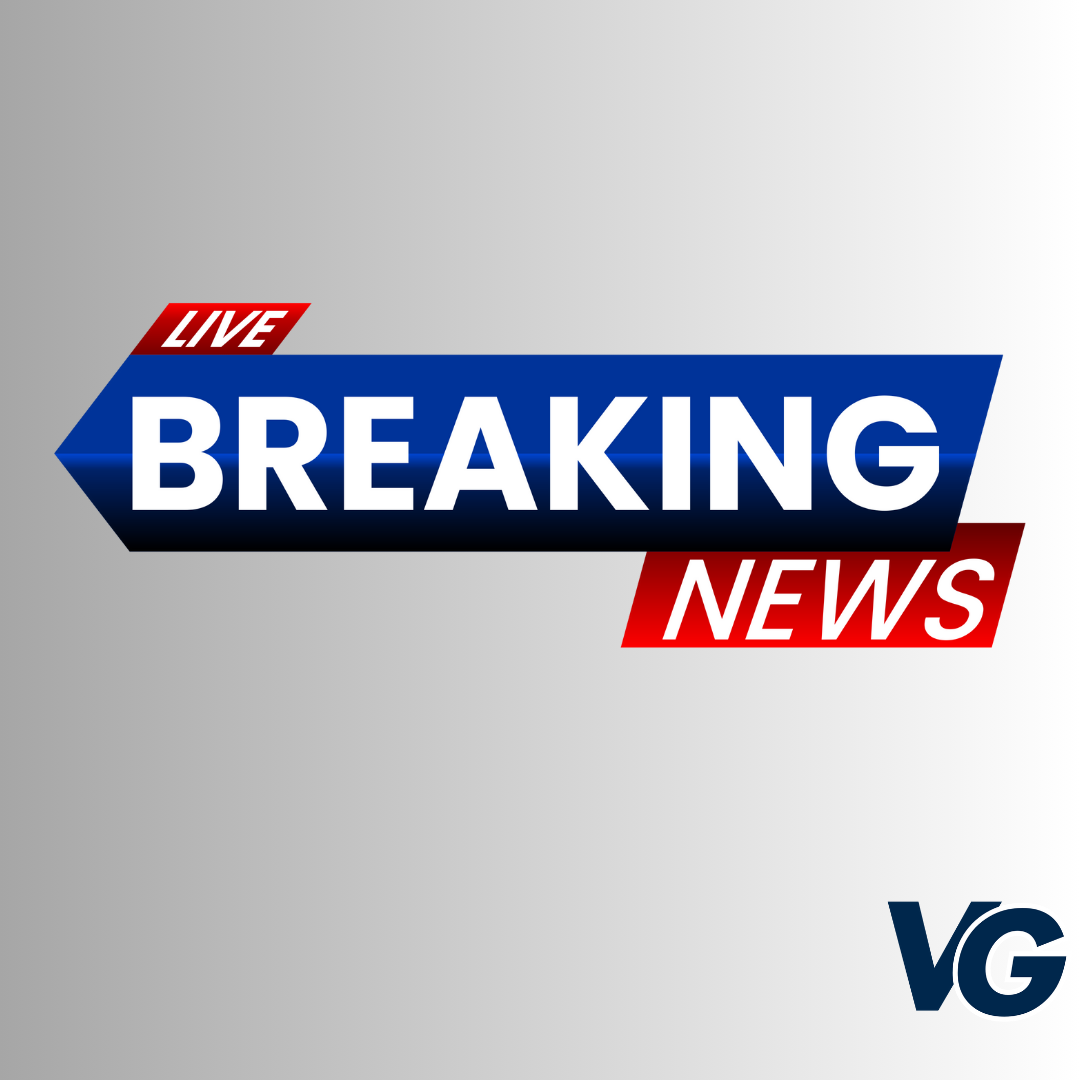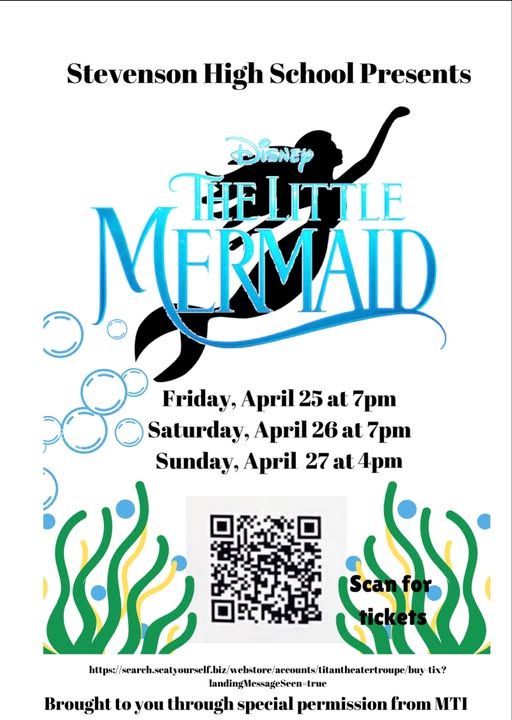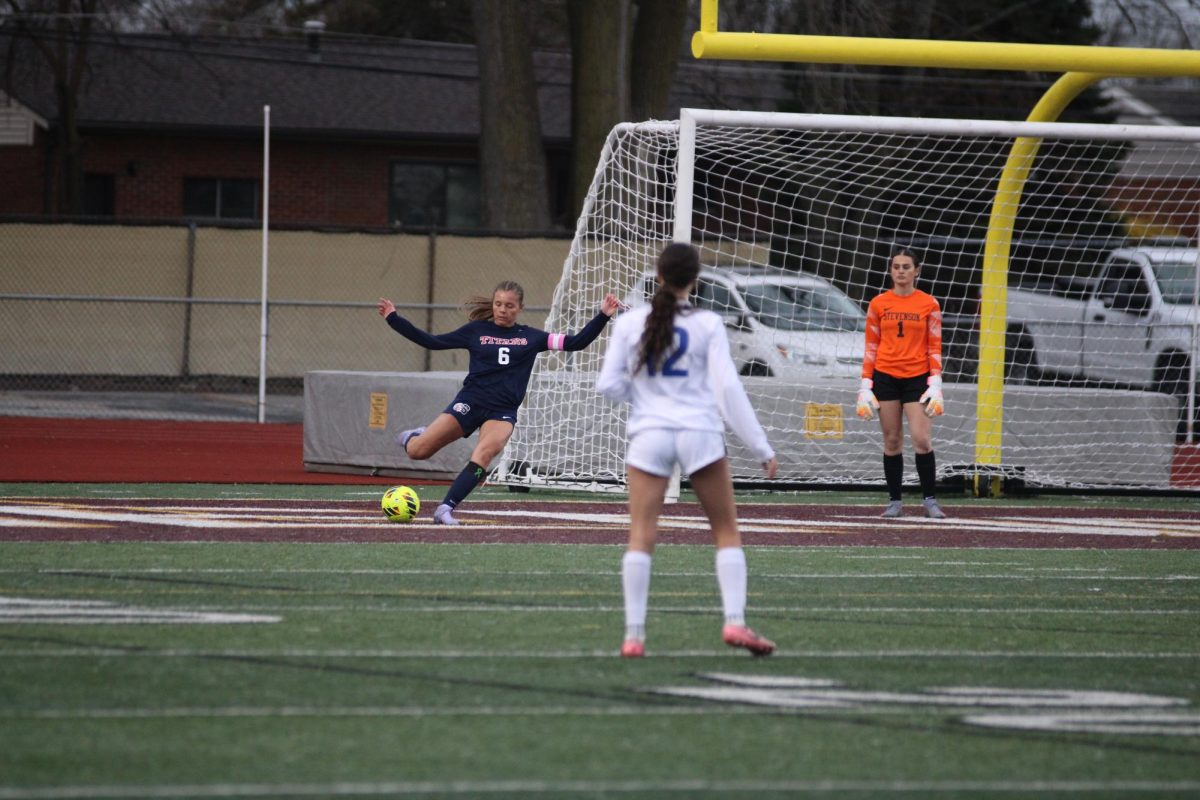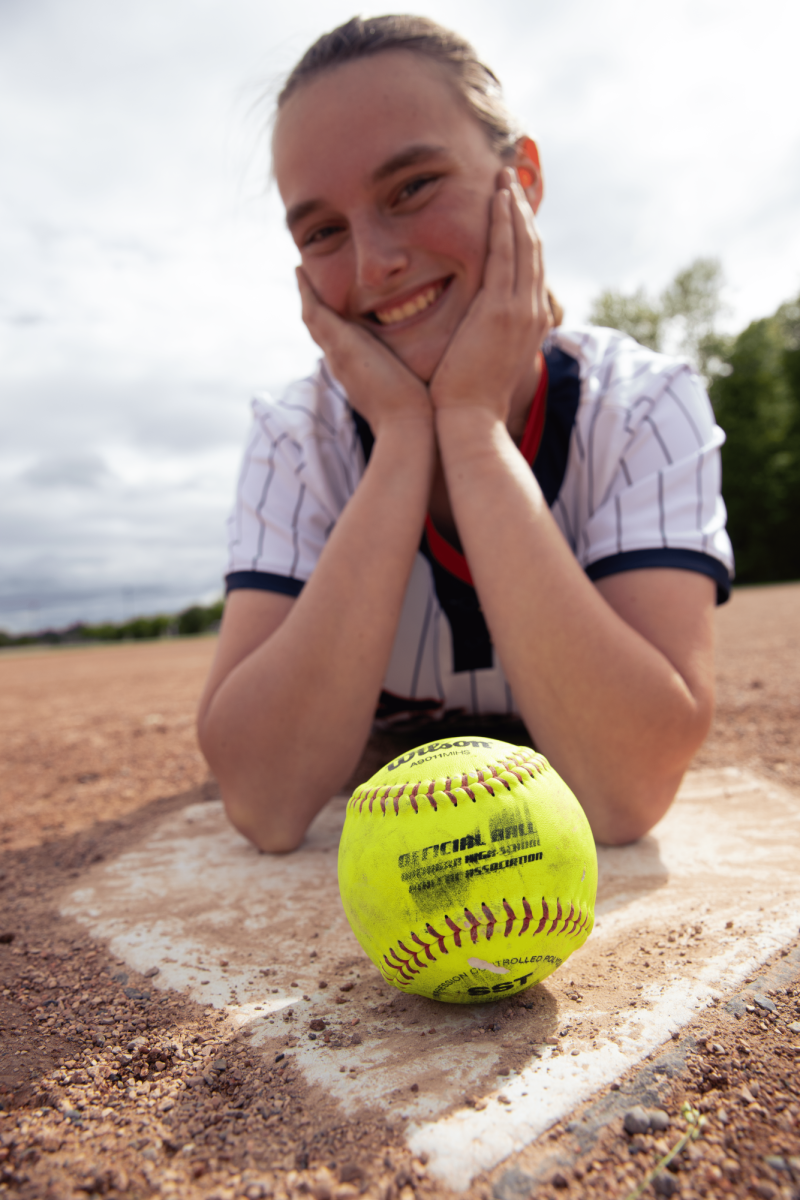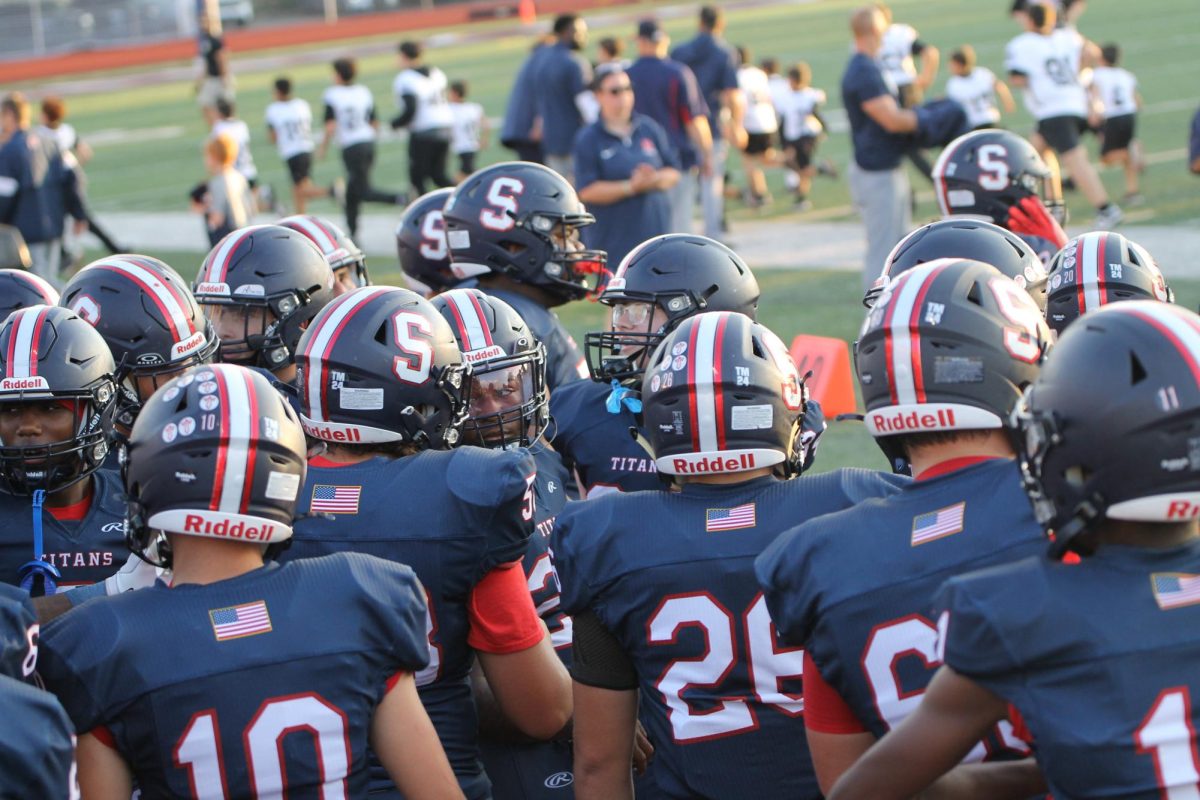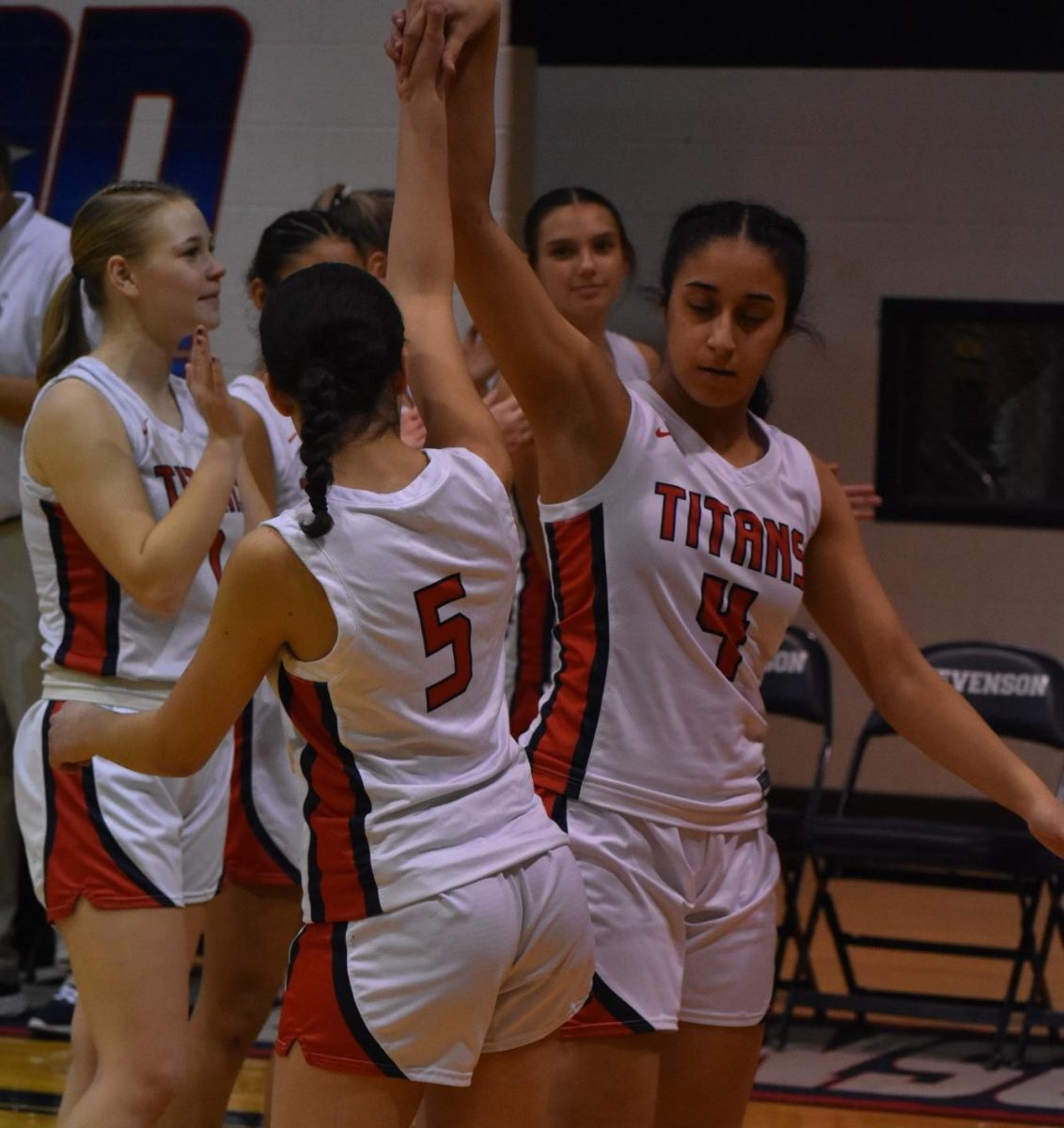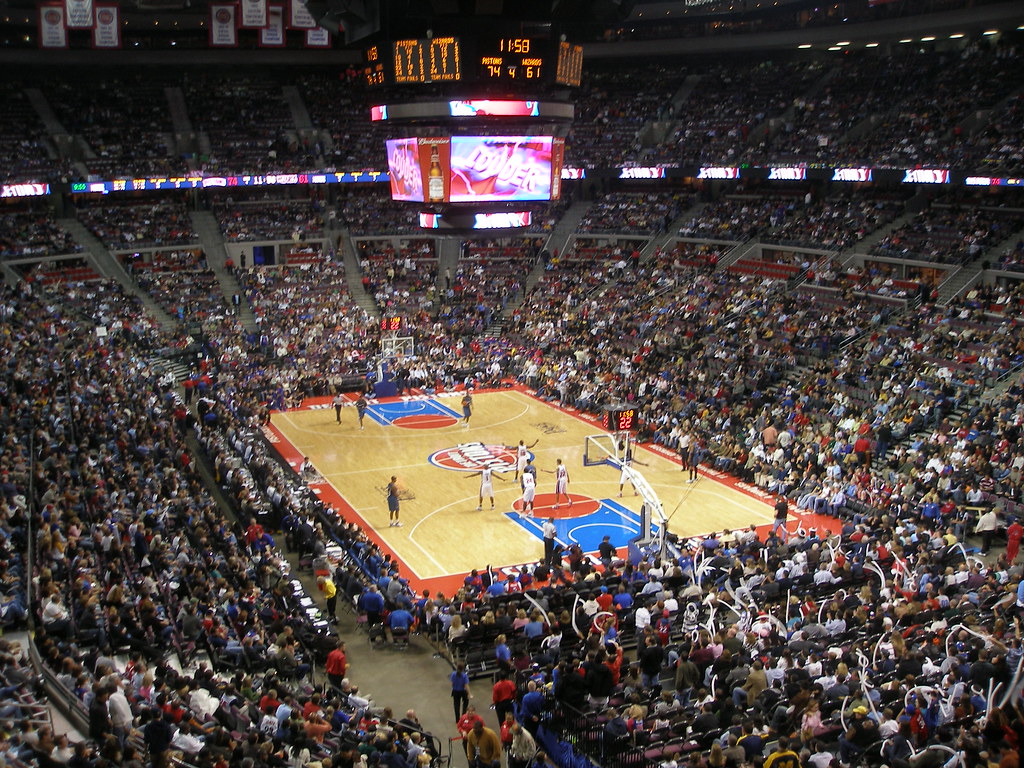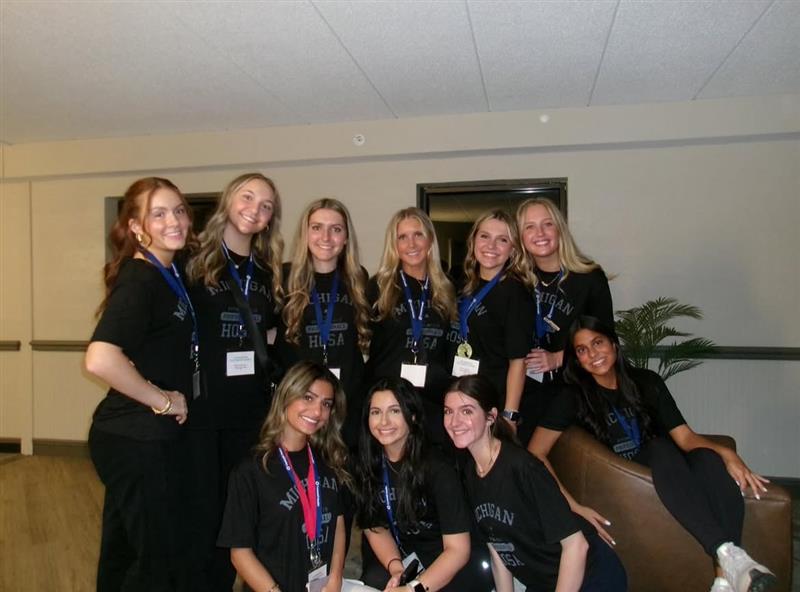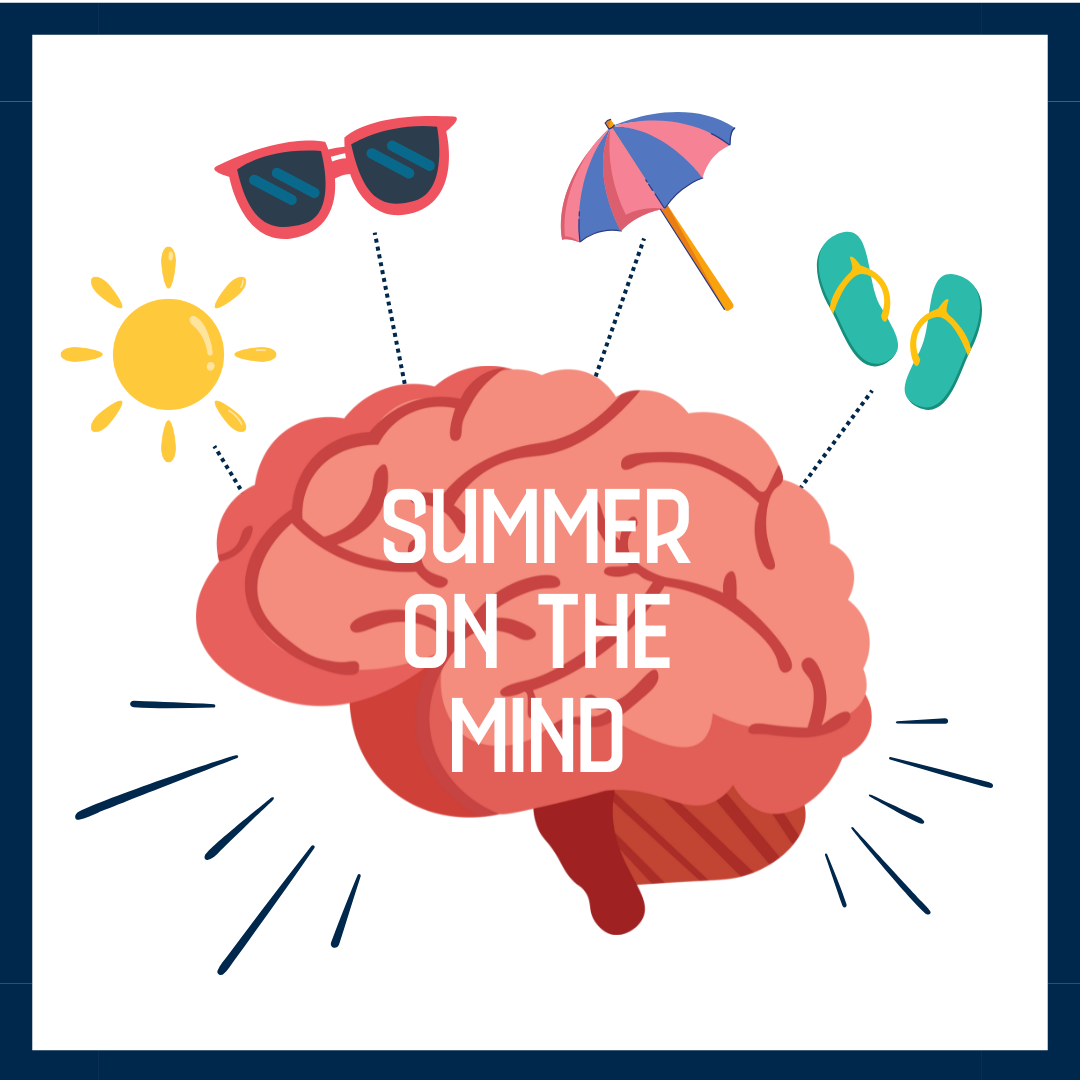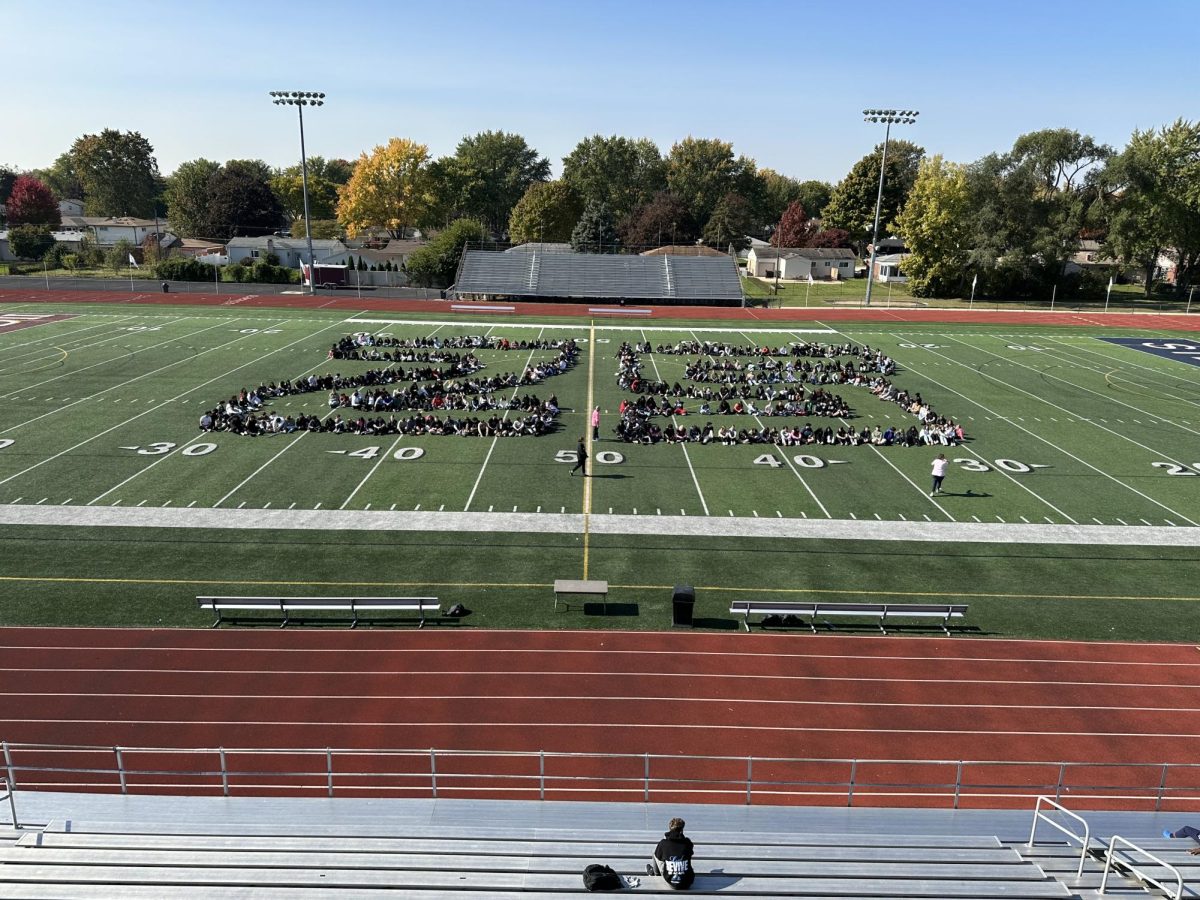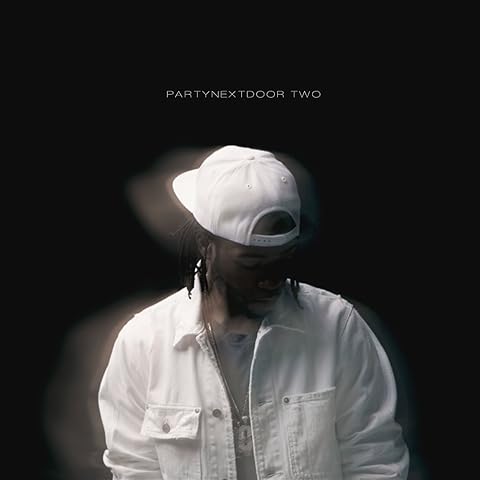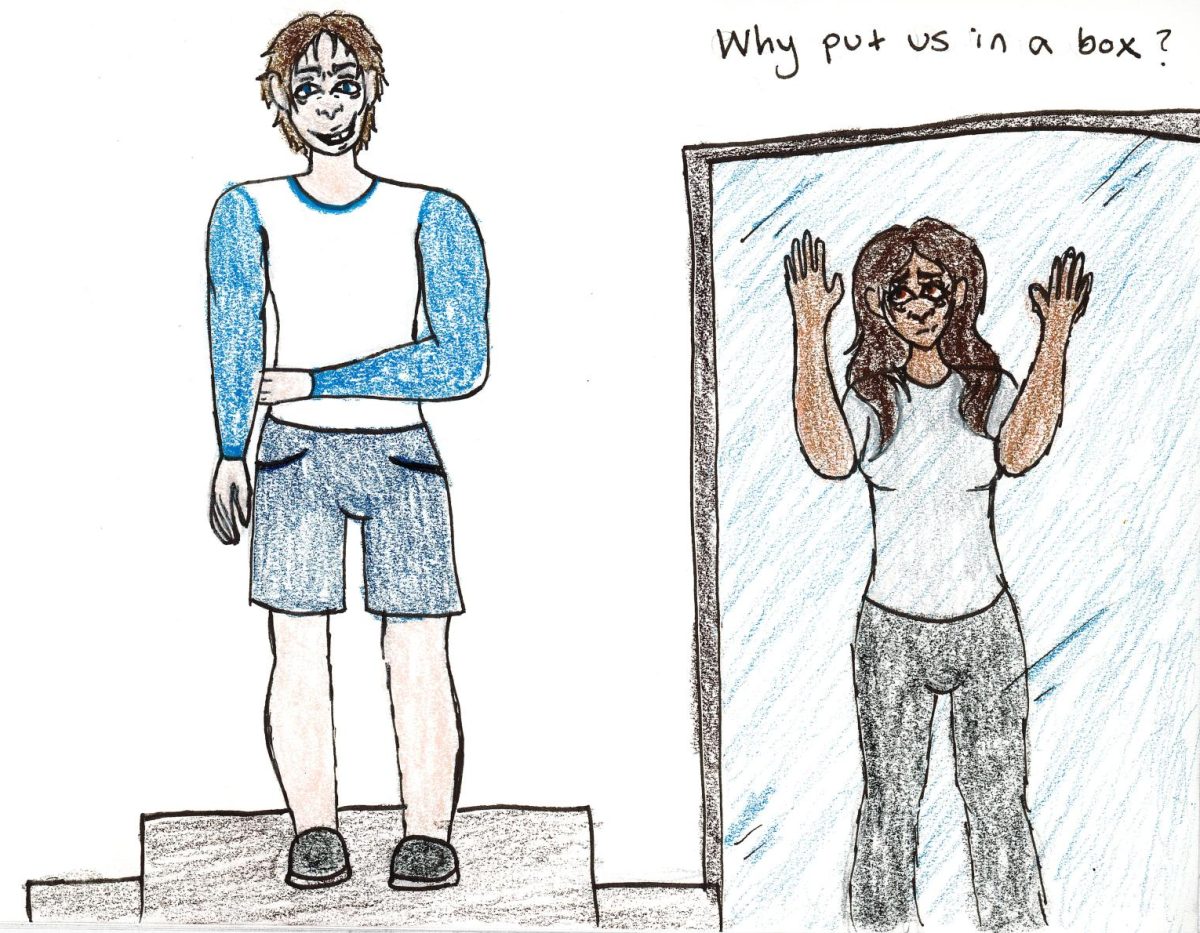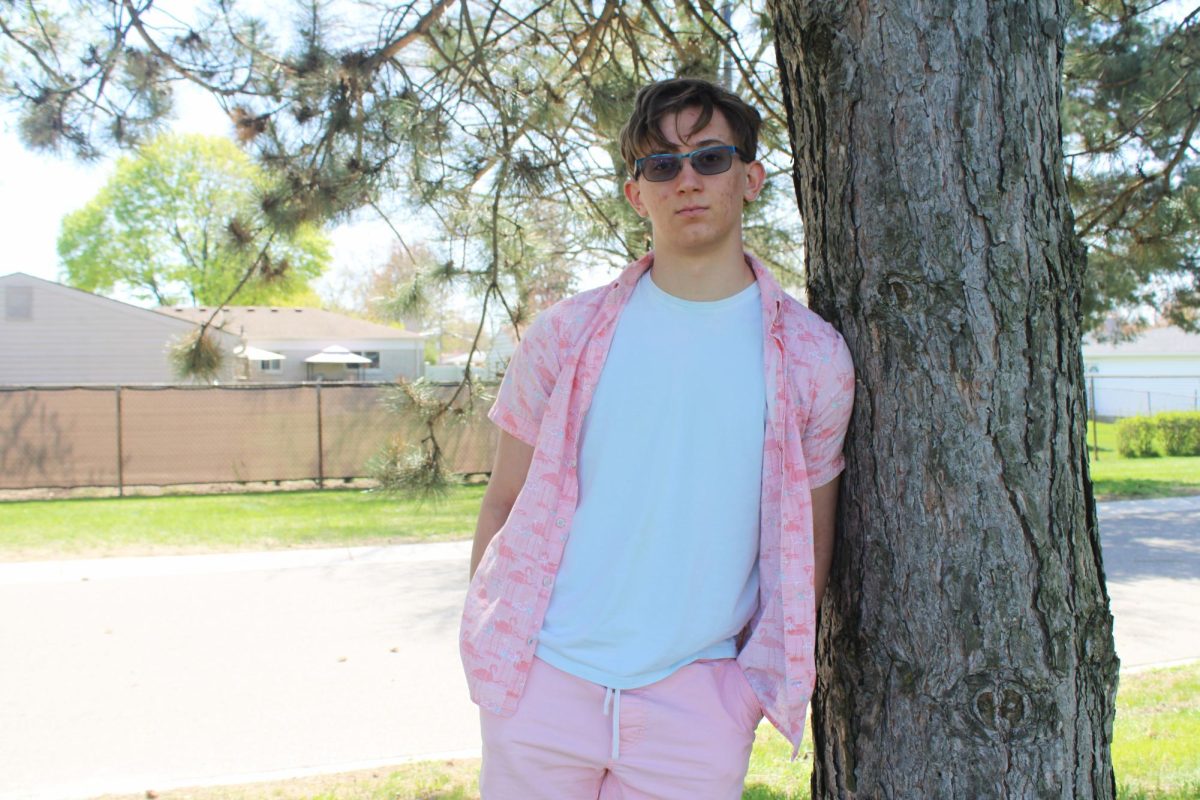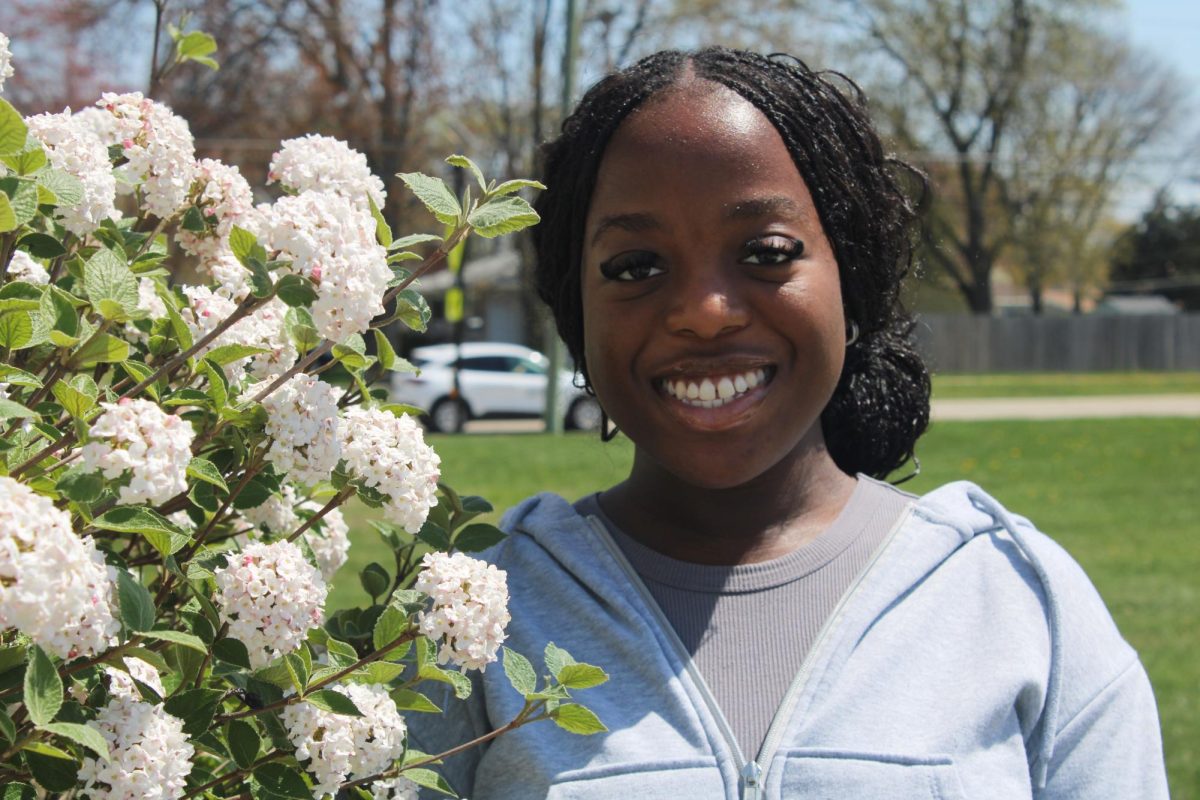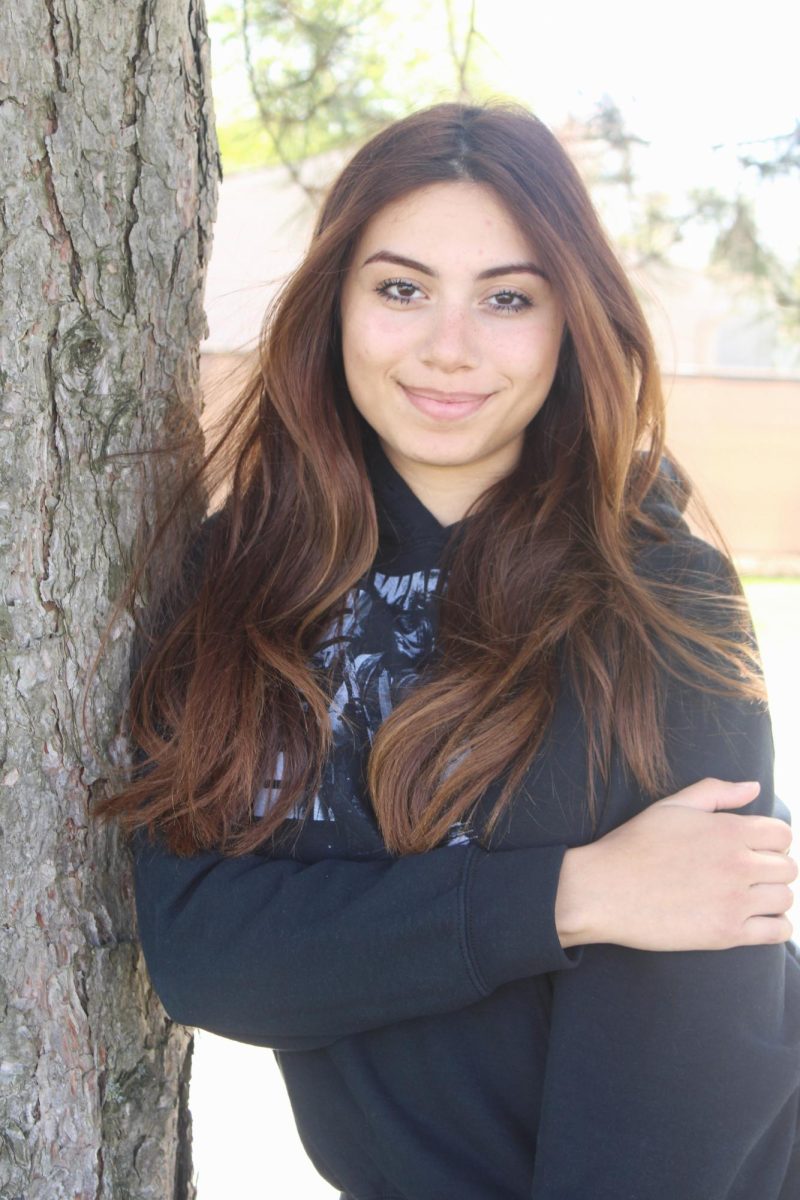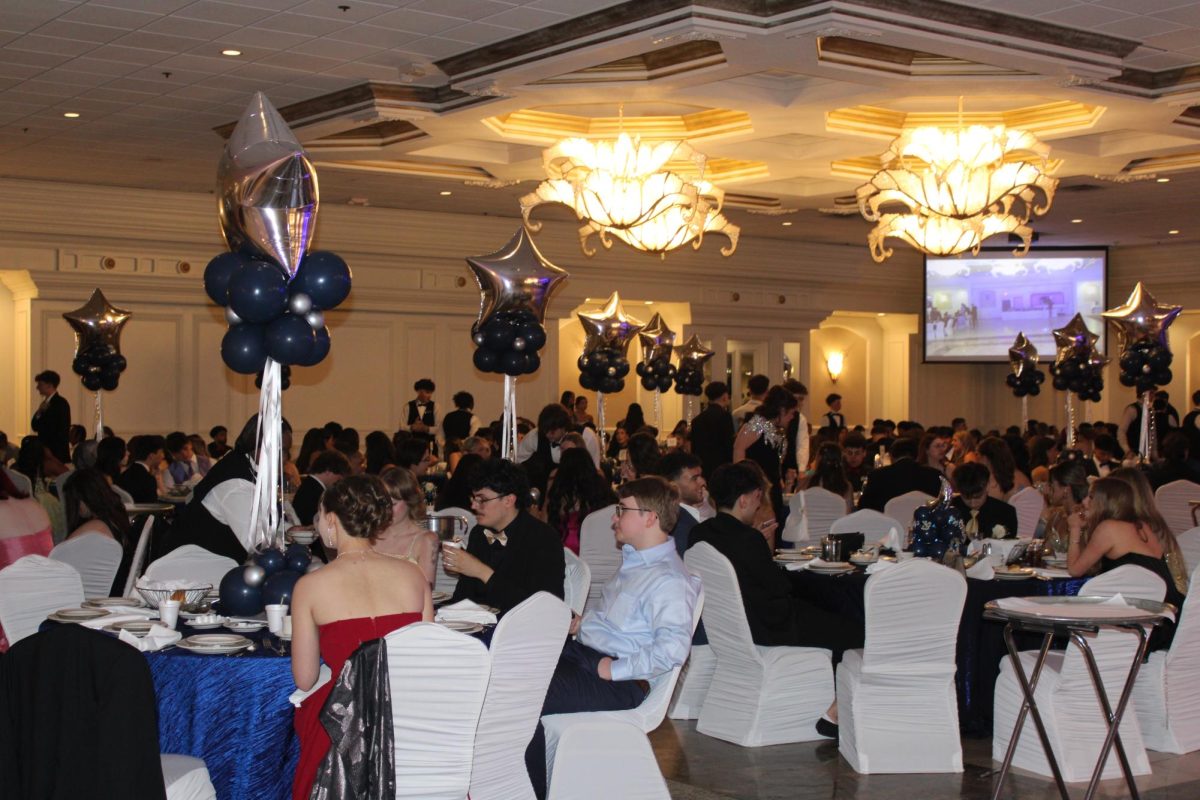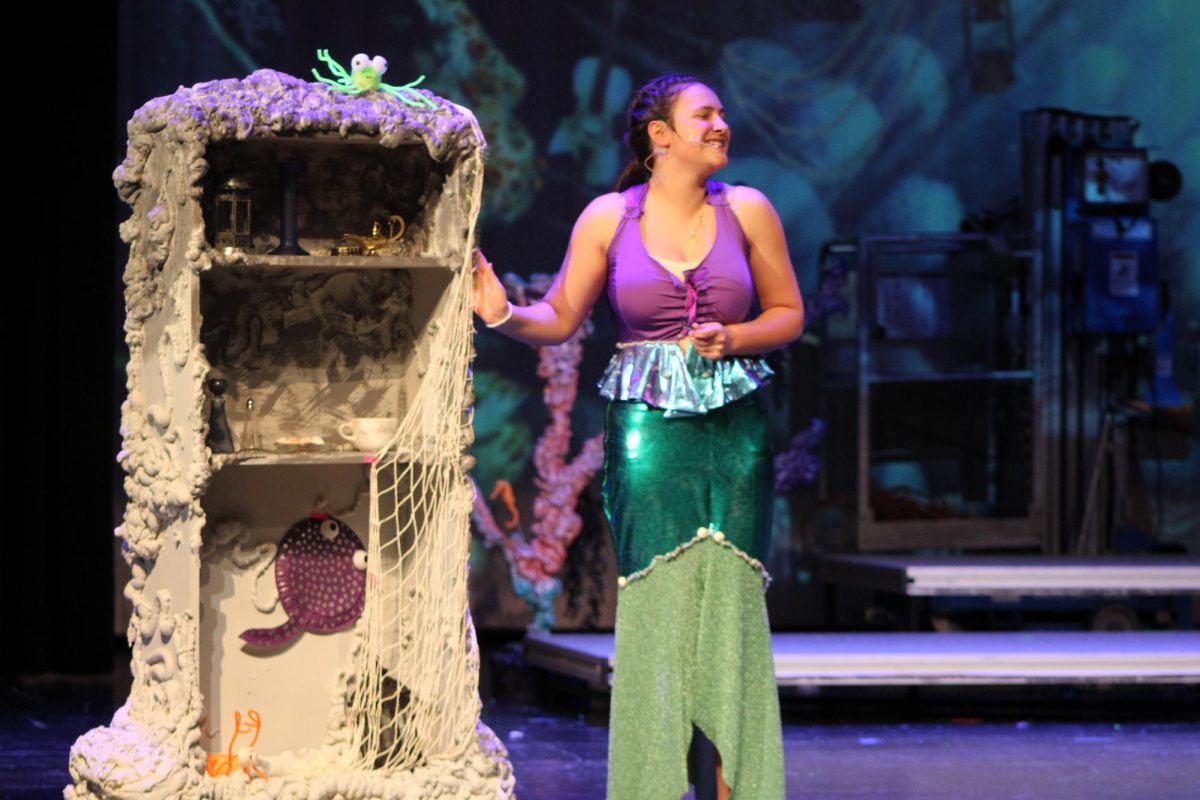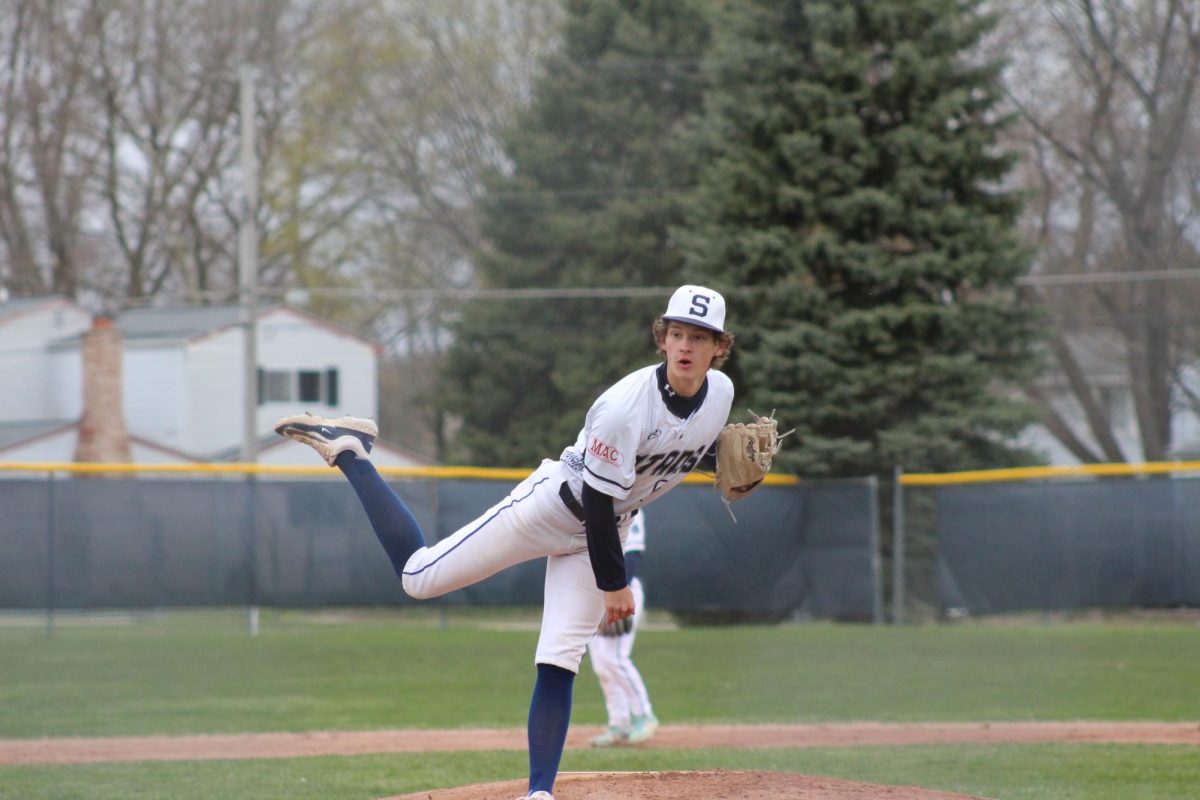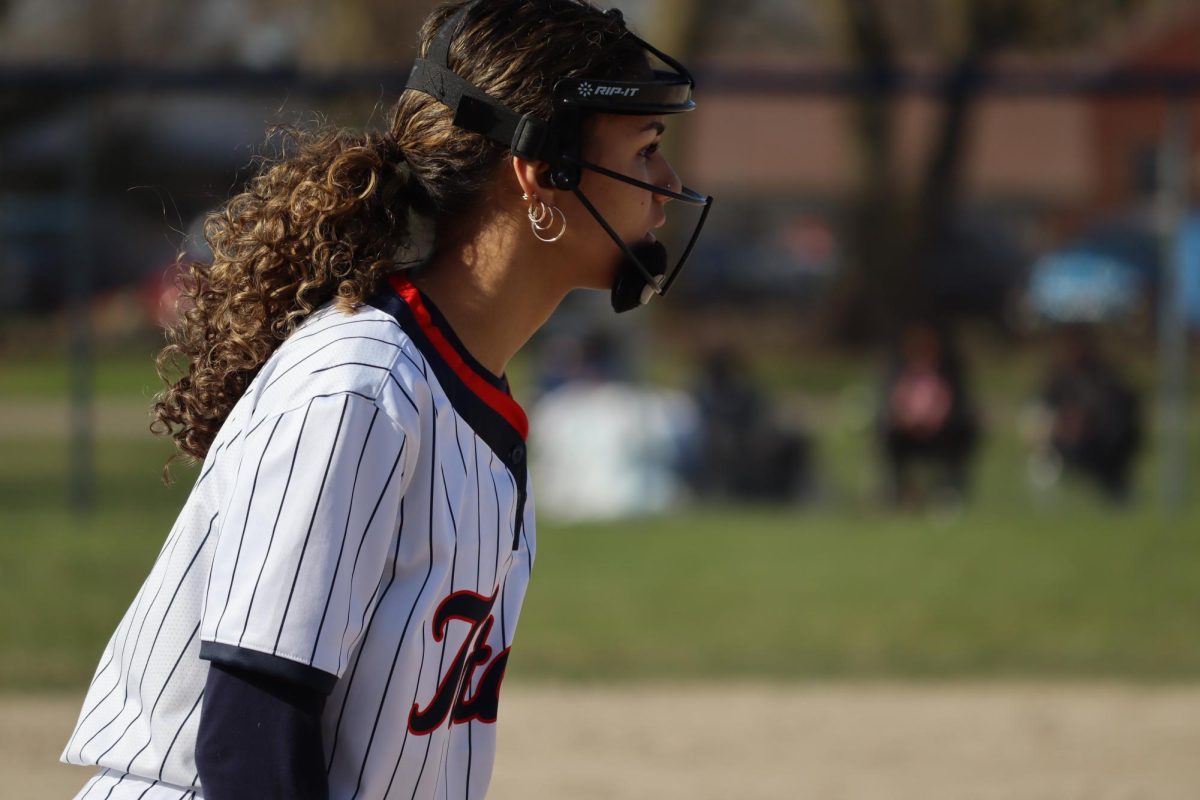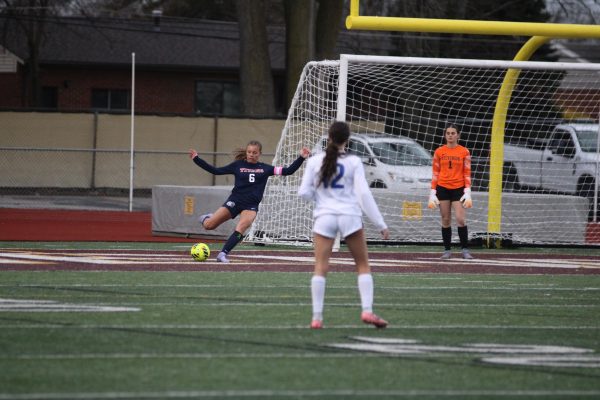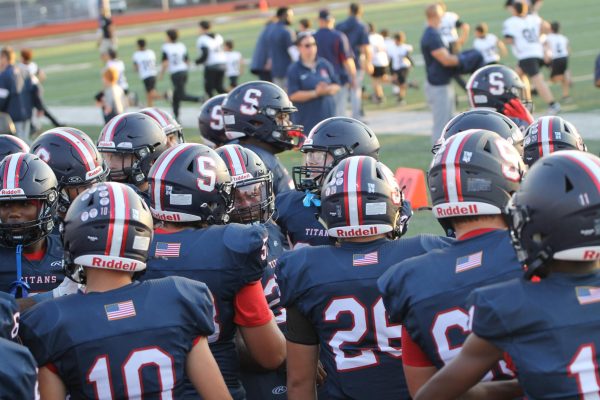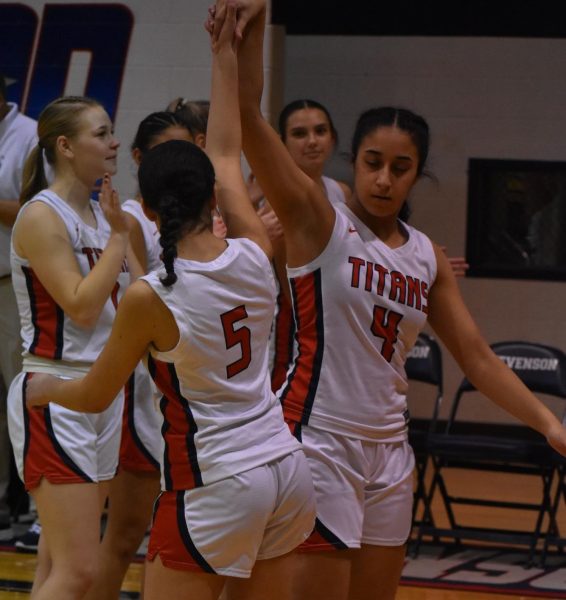COVID-19 Forces High School Sports to Adapt: Contact Sports Face Cancellations and Strict Safety Protocols
From the field to the court, to the track, high school students have the opportunity to participate in some type of sport. When COVID-19 shut down school and businesses, high school athletes were left wondering what that meant for possible athletic scholarships and their seasons.
When schools closed their doors March 13, spring sports were also cancelled. Over the next few weeks and months, collegiate and professional programs of nearly every sport cancelled or postponed their seasons. Golf, cross country and tennis were first approved to play.
Over the summer, amidst questions about reopening schools and which sports might be allowed to compete, fall athletes began modified practices with physical distancing to prepare for a potential season.
“I had hand sanitizer in all of my bags,” Grace Petras, golf team member, said. “I wore a mask when I could, and I tried to stay away from people whenever possible. I am a physical person; I love high fiving someone when they have a good hole. It was really sad that I could not do that.”
The golf, tennis and cross-country teams can be easily distanced, but contact sports like football, soccer, swim and volleyball were not able to play at first.
“When football was cancelled for the first time, I was very upset and very mad because it is my favorite sport,” Jackson Jeffers ’23 said. “I was in practice when coach called us all in saying we were not going to have a season. It was also very sad to see the seniors faces because you could tell that all they wanted to do was play. But when my mom told me that we could play everyone was hyped up. No matter if we could have fans or not, the only difference between fans and no fans is the volume and that is it. Honestly, just knowing that we could play was the best news we had heard all year.”
Football plays a huge part in high school culture. Games are major social events, where not only the football team plays, but the cheerleaders, the dance team and the marching band all contribute to the atmosphere of a game. But because there is so much physical contact, there was a lot of doubt if sports would or should be allowed to play.
“My experience when football was cancelled and cheer was cancelled was bad,” Sofia Dedvukaj ’22 said. “We could not practice, and we could not cheer on the football players. When we got to return to games, it felt so much better. Even though we could not have a big crowd to help us cheer on our football team, we still made the best of it.”
In his third year as the Titan football coach, Justin Newcomb needed to monitor his team closely.
“COVID-19 had added quite a few responsibilities to my job as a coach,” Newcomb said. “Health screenings every day, temperature checks, enforcing masks both on and off the field, six feet social distance, changes to practice structure, game night responsibilities and finding creative ways to give water to our athletes.”
Many sports have different rules regulations and restrictions. But athletes had to be careful, because getting sick could mean the cancellation of their season.
As a member of the cross-country team, Max Rehn ’22 has experience with the new practices implemented into a sports season.
“I do not wear a mask while I am physically running, because I need to be able to breathe as efficiently as possible,” Rehn said. “Otherwise, I wear a mask at every opportunity I can and I try to stay apart from other people. It is more likely for us to have meets at schools, instead of at parks where we normally have them. There are also less schools at the meets than there usually are.”
No matter the sport, athletes are doing their part to ensure that sports can go on.
“COVID-19 has forced people to come together in a much different way,” Robin Dilday, Utica Community Schools Athletic director, said. “Even though we must practice social distancing, the athletes and coaches have come together to be much closer as a team.”
Your donation will support the student journalists of Stevenson High School - MI. Your contribution will allow us to purchase equipment and cover our annual website hosting costs.


